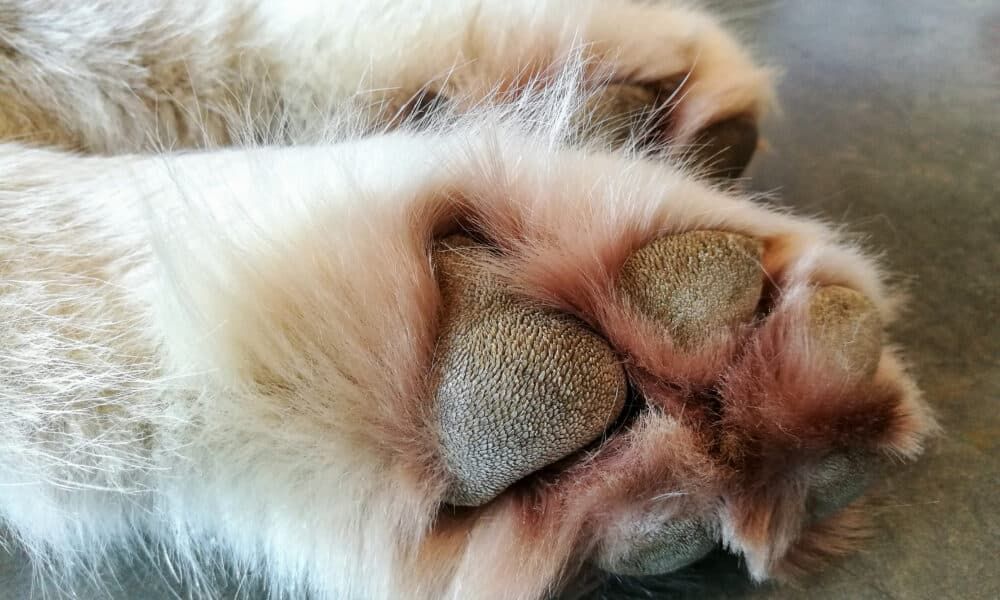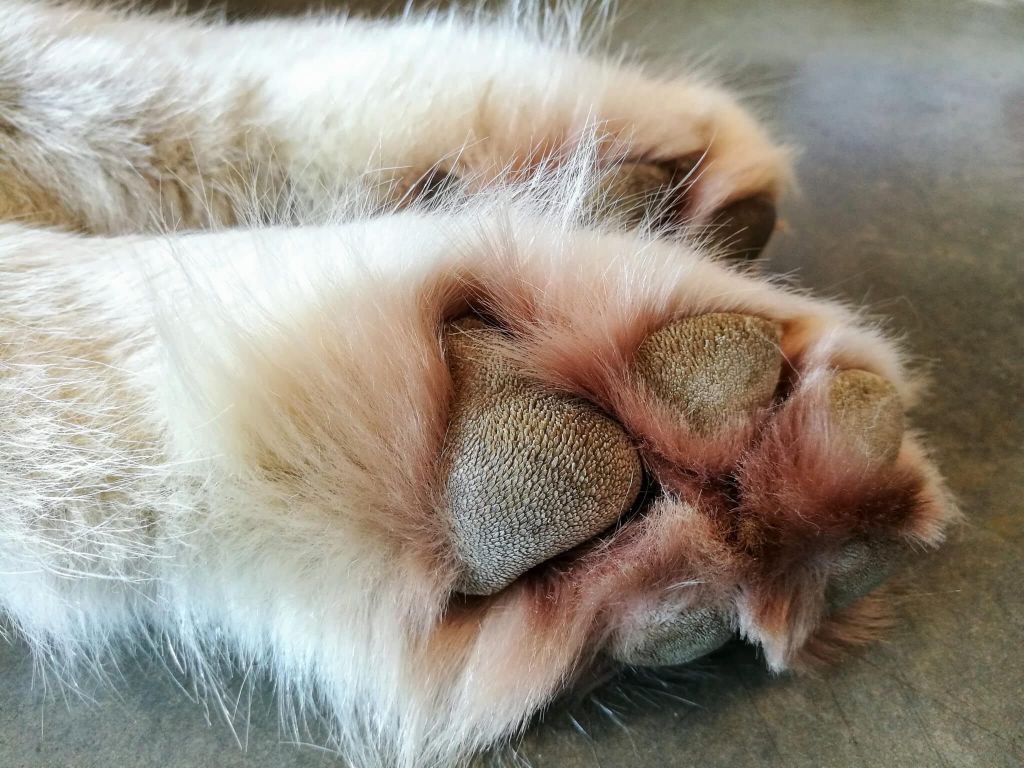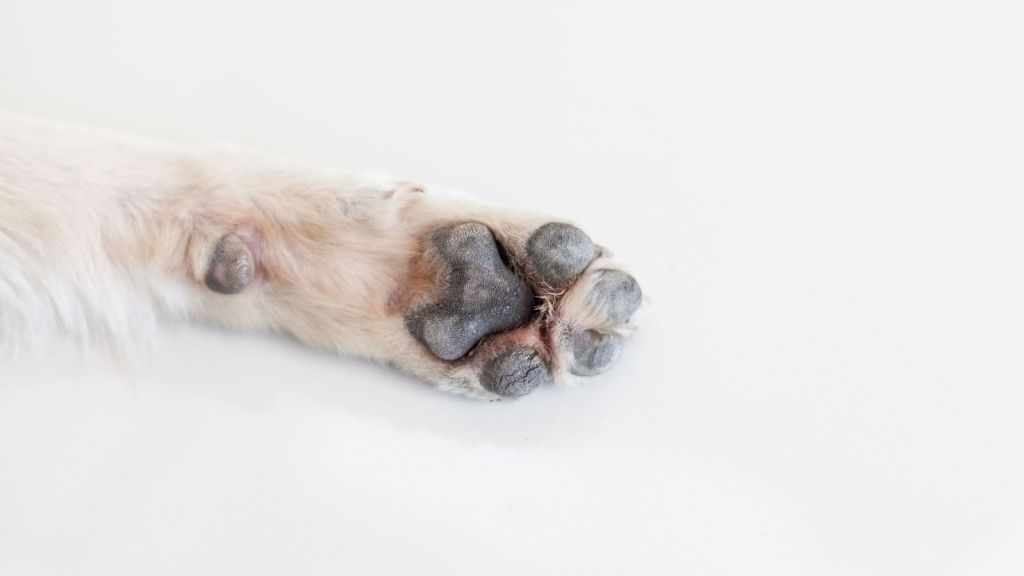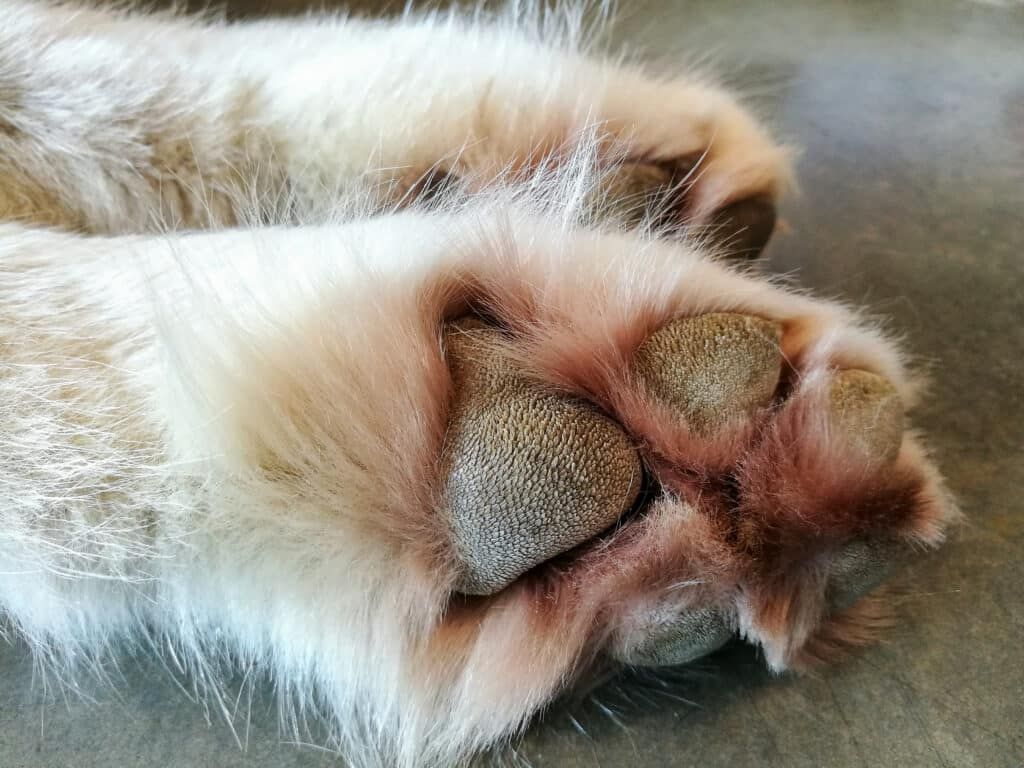What is Hyperkeratosis?
Hyperkeratosis refers to thickening of the skin’s outer layer known as the stratum corneum (1). This outer layer is composed of a protein called keratin that protects the skin from irritation and infection (2). In hyperkeratosis, the stratum corneum becomes thicker than normal.
There are several different types of hyperkeratosis:
- Epidermolytic hyperkeratosis – Inherited form causing red, inflamed patches that usually appear in infancy or early childhood (2).
- Follicular hyperkeratosis – Keratin builds up around hair follicles, leading to small, skin-colored bumps (2).
- Pilaris hyperkeratosis – Clustered rough, dry bumps resembling gooseflesh, often on arms or thighs (2).
Common symptoms of hyperkeratosis include (2, 3):
- Thick, rough patches or plaques on the skin
- Dry, scaly, or warty growths
- Itching or irritation in affected areas
- Cosmetic concerns if occurs on visible areas like the face or arms

If severe or widespread, hyperkeratosis can cause functional impairment such as restricted joint movement. The specific symptoms depend on the type and location of hyperkeratosis.
Sources:
(1) https://www.ncbi.nlm.nih.gov/books/NBK562206/
(2) https://www.healthline.com/health/hyperkeratosis
(3) https://www.medicalnewstoday.com/articles/320667
Causes of Hyperkeratosis
Hyperkeratosis in dogs can be caused by a variety of factors including genetic predisposition, environmental factors, and nutritional deficiencies.
Genetic predisposition plays a major role in the development of hyperkeratosis in certain breeds. Dogs with an inherited tendency for hyperkeratosis will be more prone to developing thickened skin pads. Examples of dog breeds genetically prone to hyperkeratosis include Labrador Retrievers, Rottweilers, Mastiffs, and Great Danes.
Environmental factors such as excessive licking or chewing of paws, harsh surfaces, chemical irritants, allergies, and low humidity can also contribute to hyperkeratosis. The constant licking, chewing, friction, or exposure to irritants causes inflammation and callusing of the paw pads.
Nutritional deficiencies, especially of fatty acids and vitamins A and C, are also linked to the development of hyperkeratosis. A lack of these nutrients can lead to abnormal production of skin cells and dry, thickened paw pads.
Risk Factors
Certain breeds are more prone to developing hyperkeratosis due to genetic predispositions. Dogs with excessive skin folds like bulldogs, shar-peis, and mastiffs are at higher risk. Retrievers and setters can also develop hyperkeratosis on their elbows and hocks. Small breed dogs with long, dense hair like shih tzus, Lhasa apsos, and poodles are predisposed to paw pad hyperkeratosis.

Older dogs are more likely to develop hyperkeratosis, especially on paw pads. As dogs age, the fat pads on their paws diminish, resulting in less cushioning between the foot bones and ground. This puts more pressure on the skin.
Overweight dogs have more pressure on their paw pads, increasing friction that can lead to hyperkeratosis. Keeping your dog fit and at a healthy weight reduces risk. Proper nutrition and exercise routines to maintain lean muscle are key.
The conformation of the paw can influence risk. Tight toes, flat feet, and elongated paw pads cause uneven weight distribution and friction points. Dogs with natural structural issues like these in their paws are predisposed to hyperkeratosis.
Diagnosis
To diagnose hyperkeratosis in dogs, the vet will start with a physical exam to look for thickened, crusty skin. They may take a skin scraping or biopsy to examine under a microscope. This can help confirm hyperkeratosis and rule out other skin diseases like infections or autoimmune disorders. Blood tests may also be recommended to check for underlying problems. As per PetMD, “Diagnostic tests for hyperkeratosis may include:
- Skin scraping and microscopic examination
- Skin biopsy
- Blood work
During a physical exam, the vet will look for thick, crusty lesions on the skin. They may take a small skin sample (biopsy) and examine it under a microscope to check for excessive keratin production and rule out other causes like infections or cancer. Blood work helps determine if there is an underlying disease contributing to skin changes.
Treatment
There are several treatment options for hyperkeratosis in dogs:

Medicated baths can help soften and remove excess hardened skin. Bathing with a gentle cleanser or moisturizing shampoo may be recommended. In some cases, vets may prescribe medicated shampoos containing ingredients like salicylic acid or Vitamin A to help exfoliate dead skin cells.
Topical ointments and creams can also help soften and hydrate thickened skin. Petroleum jelly, urea creams, and other moisturizers may be applied to affected areas. Vets may prescribe topical medications containing retinoids, corticosteroids, or Vitamin D analogues to reduce inflammation and encourage healthy skin renewal.
Dietary supplements may be recommended, especially Omega fatty acids and Vitamins A and E, to improve skin health from the inside. Nutritional support can help strengthen the skin barrier.
In severe cases of hyperkeratosis, surgery may be considered to remove excessive hardened skin. This is typically only done when the condition is causing significant discomfort or impairment.
Lifestyle Changes
There are several lifestyle changes and management strategies that can help improve hyperkeratosis in dogs:
Keeping the paws clean and dry is important. Gently wipe the paws after going outside, especially in wet or muddy conditions. Allow time for the paws to fully dry after baths or swimming before letting the dog walk on rough surfaces again.Hyperkeratosis in Dogs
Regular nail trims keep the nails short and prevent trauma to the paw pads and overgrown nails digging into the pads. Overgrown nails can exacerbate hyperkeratosis.Hyperkeratosis in Dogs: Causes and Treatments
Using moisturizers formulated for dog paws can soften and hydrate calloused, cracked pads. Apply a hypoallergenic moisturizer after bathing or swimming when pads are softened.How to Treat Hyperkeratosis in Dogs
Exercising dogs on softer surfaces like grass or dirt trails can help minimize friction and trauma to paw pads. Avoid prolonged walks on abrasive sidewalks, asphalt, or concrete surfaces when possible.Hyperkeratosis in Dogs
Home Remedies
There are some natural home remedies that can help treat hyperkeratosis in dogs:
Coconut oil is often recommended as a home treatment for hyperkeratosis. Its fatty acids help moisturize and soften the thick, dry skin [1]. Rub a small amount of organic, unrefined coconut oil into affected areas 1-2 times per day.
Apple cider vinegar soaks can help soften calluses and remove dead skin cells. Mix 1 part apple cider vinegar with 2 parts water. Soak the affected paws or nose for 5-10 minutes, then rinse. Pat dry and apply coconut oil [2].
Omega-3 and omega-6 fatty acid supplements can improve skin health from the inside out. Fish oil, krill oil, evening primrose oil or black currant seed oil can be given according to package instructions [3].
Prevention
There are several steps dog owners can take to help prevent hyperkeratosis in their dogs’ paws:
Breeding dogs with good paw health. Selectively breeding dogs with healthy paw pads can reduce the incidence of hyperkeratosis in future litters. Breeders should examine pedigree information and avoid mating dogs that have exhibited hyperkeratosis or other paw problems. Regular paw inspections during breeding evaluations can identify dogs with potential genetic paw pad abnormalities.

Providing proper nutrition. Feeding a high-quality dog food containing omega-3 fatty acids can promote skin and paw pad health. Omega-3s reduce inflammation that may contribute to hyperkeratosis development. Consulting with a veterinarian about supplementing with fish oil may also help supply beneficial fatty acids.
Regular paw inspections. Owners should regularly inspect their dog’s paws to look for any abnormalities or thickening. Early intervention can help mitigate more severe hyperkeratosis. Gently feeling the paw pads and in-between toes during paw cleaning provides an opportunity to monitor their condition.
Prognosis
The prognosis for dogs with hyperkeratosis is generally good. While not curable, hyperkeratosis is a manageable condition with chronic treatment. With proper management, most dogs can live normal, comfortable lives.
Hyperkeratosis itself is not a life-threatening condition. However, secondary infections that can develop in the thickened, cracked skin may become serious if left untreated. With prompt veterinary attention and appropriate treatment, the prognosis is positive.
By following veterinary recommendations for medications, moisturizers, and lifestyle adjustments, the symptoms of hyperkeratosis can often be controlled. However, relapses may occur if treatment is discontinued. Working closely with a veterinarian to find an effective long-term management routine is key to ensuring your dog’s comfort.
While hyperkeratosis cannot be cured, this treatable skin condition can be managed for a good prognosis. With a chronic treatment plan, most dogs go on to live happily with well-controlled symptoms.
When to See a Vet
If your dog is exhibiting symptoms of hyperkeratosis, it’s important to have them examined by a veterinarian. Some signs that warrant a veterinary visit include:
- Thickening or hardening of paw pads
- Paw pad cracks or bleeding
- Lameness or limping
- Licking or chewing at paws
Thickened or hardened paw pads are one of the main symptoms of hyperkeratosis in dogs. This is caused by an abnormal accumulation of keratin in the skin. Cracks or bleeding of paw pads may also occur as the skin becomes overly dry and calloused. Your vet can assess the severity of the condition based on the degree of pad changes.
You should also bring your dog in if you notice limping or lameness, as this indicates discomfort on their paws. The thickened tissue puts pressure on nerves and causes pain with movement or weight-bearing. Chewing and licking at paws is another sign of irritation.
Early veterinary intervention can help manage hyperkeratosis before complications arise. Your vet may recommend medicated baths, ointments, or moisturizers to soften the skin and provide relief. In severe cases, prescription medications or surgery may be needed. Don’t wait until symptoms become severe – schedule an appointment as soon as you notice any abnormal paw pad changes in your dog.
